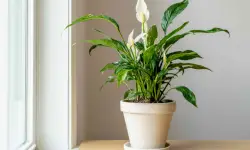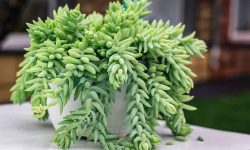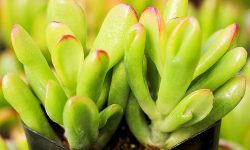Prayer Plant varieties encompass a diverse and captivating array of species, each showcasing unique characteristics. From the elegant Maranta leuconeura with its iconic red veins to the striking Goeppertia ornata, also known as the pinstripe plant, these plants boast vibrant foliage patterns. The Goeppertia rufibarba, or furry feather calathea, introduces a soft, velvety texture, while the Goeppertia veitchiana ‘Flamestar’ captures the essence of a jungle with its lush, variegated leaves.
Whether it’s the bold zebra-like stripes of Goeppertia zebrina or the feathery cream outlines of Goeppertia roseopicta, the Prayer Plant varieties offer a rich tapestry of colors and textures, making them popular choices for indoor greenery enthusiasts.
Different Types of Prayer Plants
Kegeljanii
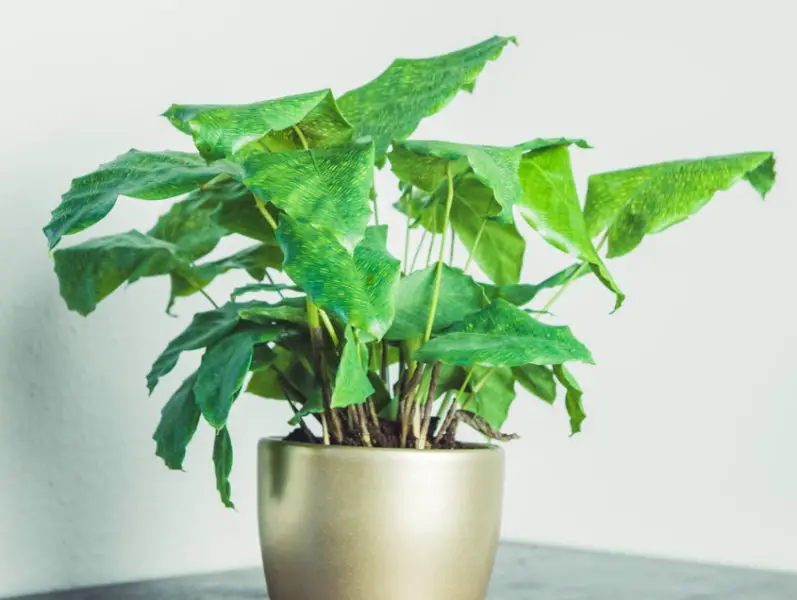
Goeppertia kegeljanii cultivar “Network” adds attractive qualities to your collection of houseplants. This species was named C. bella, C. musaica, C. cardiophylla, M. kegeljanii, M. tessellate var. kegeljanii, M. bella, and Phyllodes bella. It originated in Brazil. The ‘Network’ cultivar, which was patented in 2008, has a mosaic pattern of green and yellow on its foliage that is visible up close.
Its leaves resemble enormous holly leaves; they are round, pointy, and have somewhat wavy borders. ‘Network’ is an upright plant that reaches heights of eighteen to twenty-four inches and widths of twelve to eighteen inches. It has a bushier form and more noticeable variegation than the species plant.
Insignis
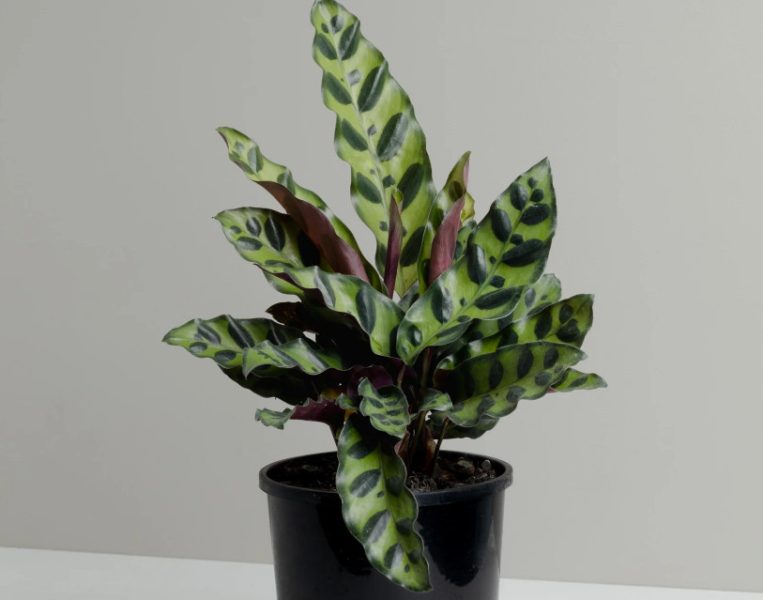
Goeppertia insignis, also referred to as the “rattlesnake plant” or “rattlesnake calathea,” is a native of Brazil that has long, narrow, pointed leaves with a characteristic pattern. Its leaves has alternating large and small dark green spots that range in color from pale green to yellowish-green. This plant, which is also known botanically as G. lancifolia, Calathea lancifolia, and C. insignis, is distinguished by its incredibly wavy leaves that have purple or maroon undersides. The growth habit of rattlesnake calatheas is fountain-like, with a height and width of twenty to thirty inches.
Louisae
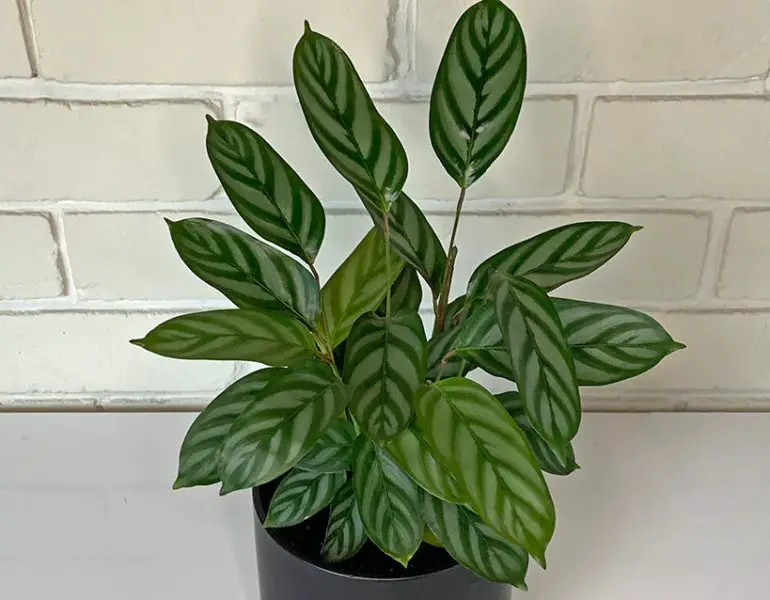
A cultivar of Goeppertia louisae (also known as Calathea louisae), ‘Maui Queen’ has oval-shaped, pointed green leaves with purple undersides and a creamy feathery pattern along the midrib. It grows to be between eighteen and twenty-four inches tall with an 18 to twenty-eight-inch spread. The best soil for ‘Maui Queen’ is neutral to slightly acidic; be sure of it.
Makoyana
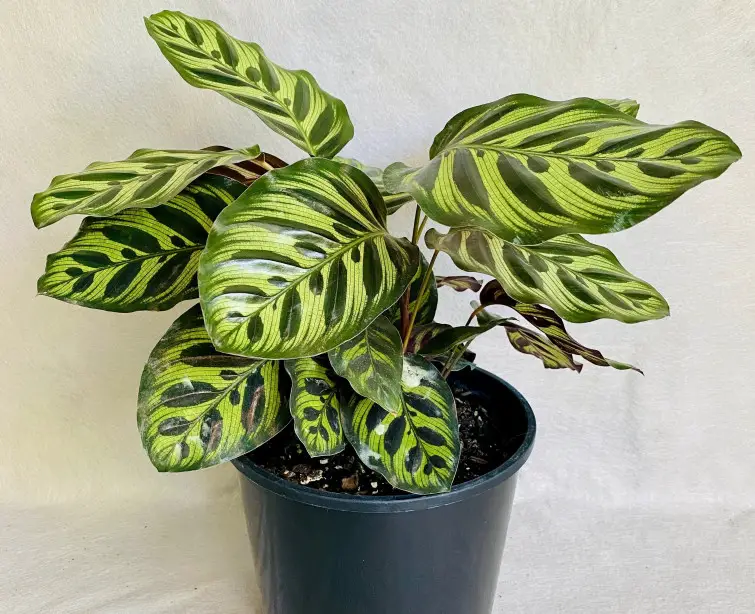
Known by many as the “peacock plant,” Goeppertia makoyana is native to eastern Brazil. Its glossy, oval-shaped leaves have deeper green splotches radiating from the midvein and creamy tops with medium-green edges, evoking the flamboyant plumes of a peacock. This species is also appropriately named “cathedral windows,” due to the semi-translucent nature of the leaves. Prior to the 2012 reclassification of Calathea, it was recognized as C. makoyana. Cathedral windows can grow up to two feet tall and roughly one foot broad, with an upright growth habit.
Orbifolia
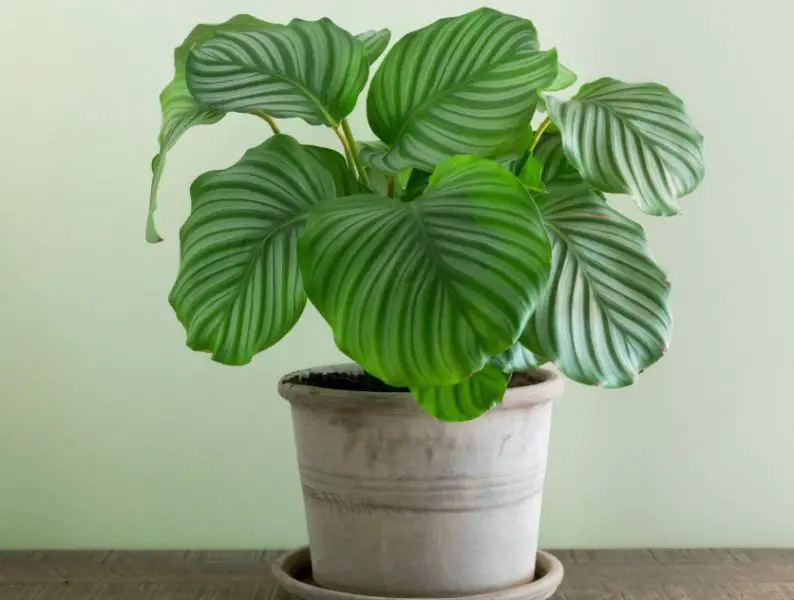
Formerly called Calathea orbifolia, Goeppertia orbifolia is distinguished by its large, spherical leaves that have pale green undersides and prominent stripes of silver and light to dark green. Originating in eastern Brazil, this magnificent species is one of the largest varieties, growing up to three feet tall and equally wide. G. orbifolia brings elegance and vitality to its surrounds, flourishing on soil that ranges from slightly acidic to slightly alkaline.
Ornata
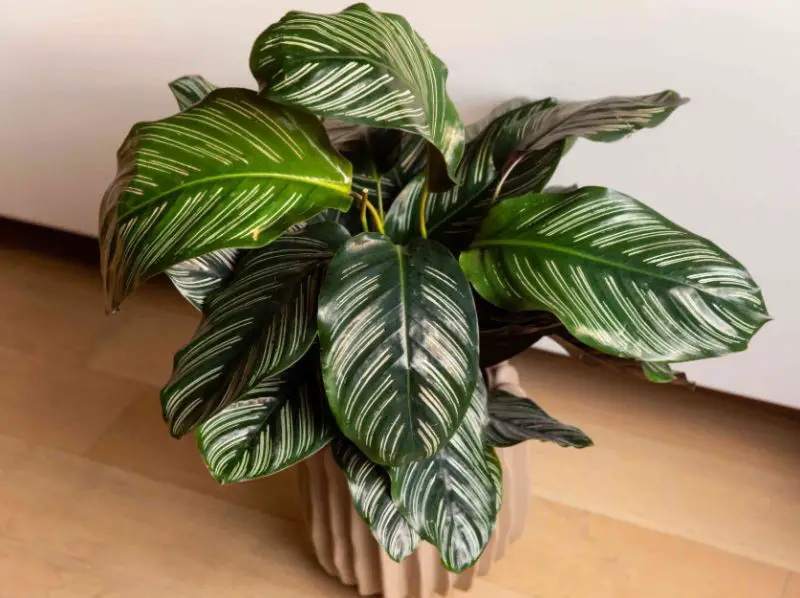
Goeppertia ornata, commonly known as the “pinstripe plant,” has delicate, pinkish-white stripes on its dark green leaves. It is native to southeast Colombia and southwest Venezuela and is also known by the names Calathea ornata and G. ornata majestica. This fascinating plant has an upright growth pattern and can grow up to three feet tall and wide. For ideal growing conditions, accommodate its propensity for slightly acidic to slightly alkaline soil while repotting.
Roseopicta
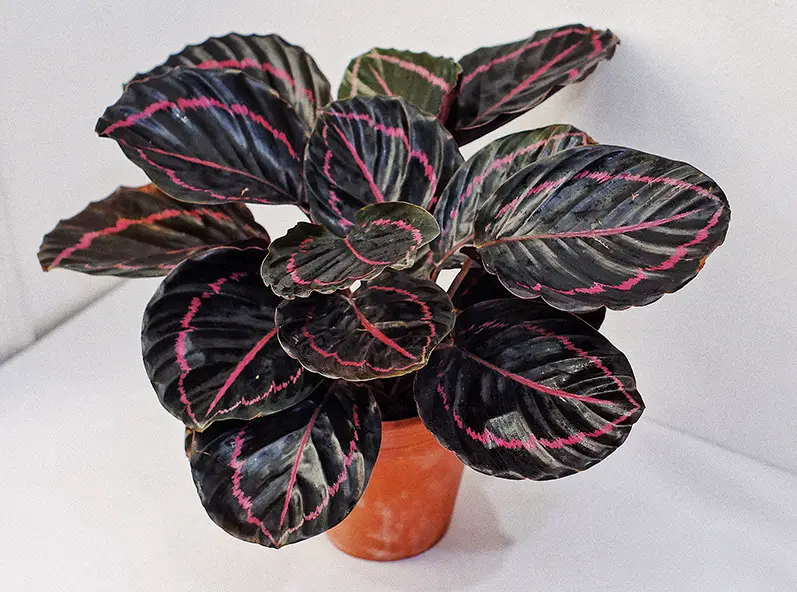
The leaves of G. roseopicta, often called the “rose-painted calathea,” has an eye-catching pattern. It has broad emerald green margins, a brilliant pink midrib, and wide, dark and light green stripes in addition to its feathery cream or pink outline. The visual appeal is enhanced by the purple undersides of newly emerging leaves. This species, which is native to Brazil, Colombia, Ecuador, and Peru, is also known as Calathea roseopicta and C. illustrus. It grows to a height of 12 to 18 inches and a spread of one foot.
Rufibarba
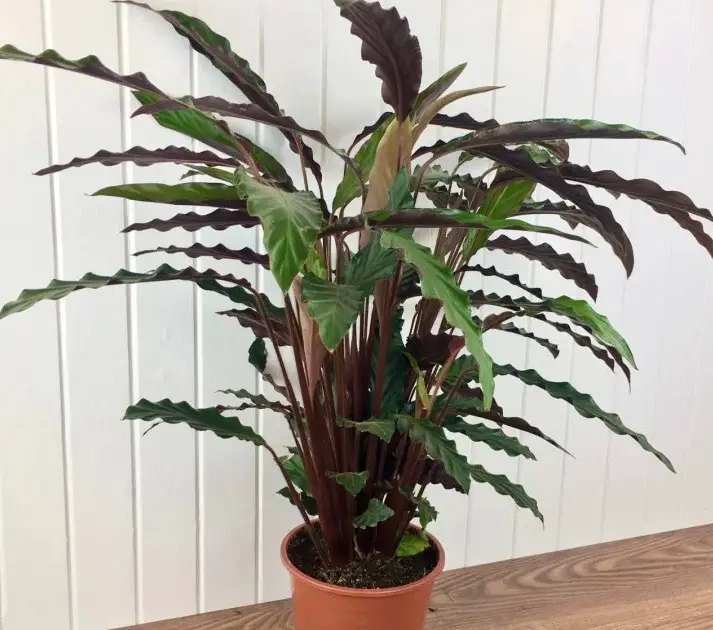
Goeppertia rufibarba, sometimes referred to as the “velvet calathea” or “furry feather calathea,” is distinguished by its unique texture. This prayer plant from northeast Brazil has long, feather-shaped leaves that are pronouncedly wavy. The fine hairs that coat its dark green foliage give the plant a velvety, fuzzy sensation. Previously known as Calathea rufibarba, it continues to grow upright to a maximum height of three feet and a width of eighteen to twenty inches. Its vivid yellow blooms also provide this unusual species a striking touch.
Veitchiana
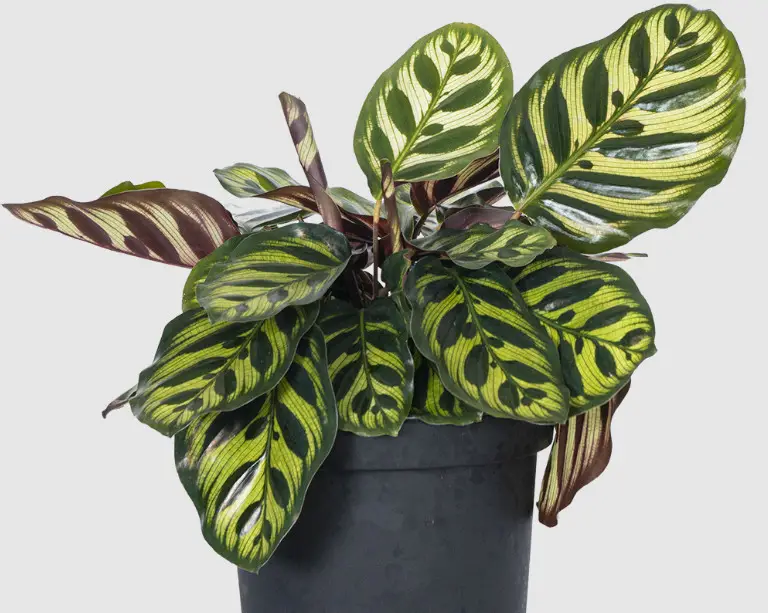
The foliage of the Goeppertia veitchiana cultivar “Flamestar” is reminiscent of a dense jungle. With wide green borders and a feathery outline, the huge, oval-shaped leaves have different shades of green with yellow highlights. Beneath, the same elaborate pattern shows through, but with purple in instead of green. Known by several names, including Calathea veitchiana ‘Flamestar’ or just ‘Flamestar’ calathea, this type has an upright growth habit and grows up to 24 inches tall. Even while it could be harder to locate, its striking look makes it a distinctive and sought-after addition to collections.
Warszewiczii
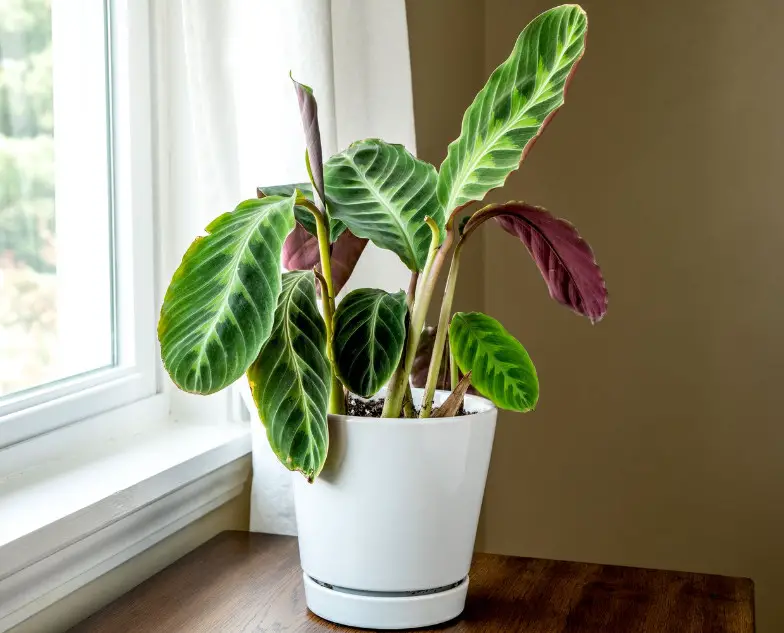
Goeppertia warszewiczii, sometimes referred to as “jungle velvet,” gets its name from the huge, velvety leaves that this beautiful species has to offer. Ovoid-shaped leaves taper to a point; their rich dark green color is accented by a burgundy underside and an emerald blaze along the midrib. Once known as “jungle velvet calathea,” this species, which is native to Central America, was formerly categorized as Calathea warszewiczii or C. warscewiczii. Jungle velvet has huge, spectacular flowers that change from cream to yellow to pink, unlike many arrowroot family members growing indoors. Growing upright to a height of up to 40 inches with a similar spread, it is one of the largest prayer plants.
Zebrina
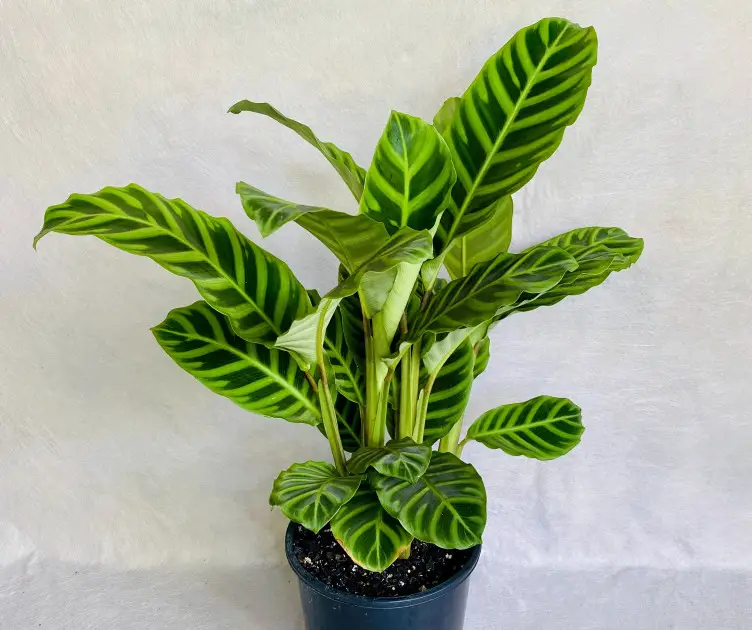
Known by most as the “zebra plant,” Goeppertia zebrina has broad, elliptical leaves that taper to a tip. The leaves are decorated with wide, dark green stripes that fork at the leaf borders and a light green tint. This species, which is native to Brazil, was once known as Calathea zebrina and is still frequently referred to as the “zebra calathea.” Its fountain-like form allows it to reach heights of two to three feet and widths of the same amount, all while showcasing its characteristic zebra-like striped design.
Leuconeura

A cultivated form of Maranta leuconeura that has resemblance to the red-veined prayer plant is known as “lemon lime.” It displays leaves with a unique pattern of lime green veins and medium to dark green coloring surrounding a pale green blaze on the midrib. The foliage is colored in a variety of shades of green. The undersides of the leaves are pale green, and raised veins provide textural interest. This spreading cultivar has an oval form and is five to six inches long. It grows well in hanging baskets and can reach a height and spread of 12 to 15 inches. It bears little purple flowers in the summer.
Thalia
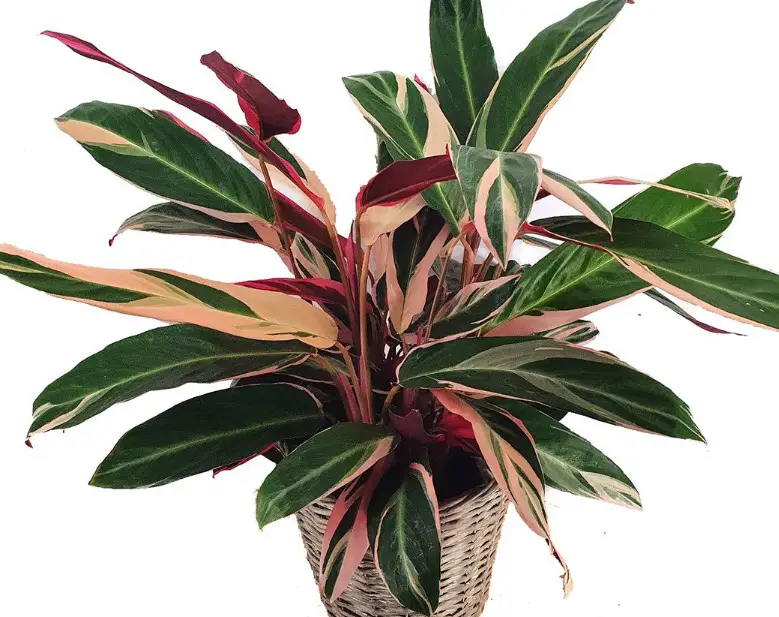
Often marketed as S. sanguinea, Stromanthe thalia has pointy, lance-shaped leaves with pale midribs and a reddish-purple underside. The leaves are dark green in color. It grows upright and can grow up to five feet tall and three feet broad outdoors. It is native to Brazil. It usually grows to a height of no more than three feet as a houseplant. It is known for having red undersides and is regrettably called the “bloody prayer plant.” It displays a beautiful red and white inflorescence when it is in bloom.
Burle Marxii
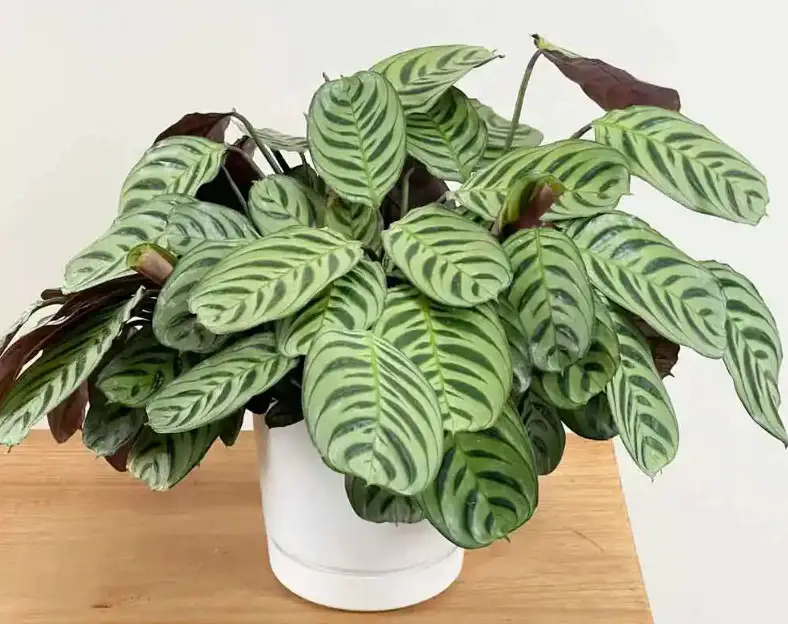
Origins in Brazil. The “fishbone prayer plant,” Ctenanthe burle marxii, is named for its paddle-shaped, fishbone-patterned leaves that come in silvery gray or bright green hues. Undersides are reddish-purple when leaves unfold or when foliage rises at night. It was once known as Maranta amabilis, and it occasionally produces little white blooms indoors. It spans 18–24 inches and is 8–12 inches tall, making it perfect for hanging baskets. With silvery leaves, green veins, purple undersides, and spike-like tips, the ‘Amagris’ variation can reach up to 16 inches in height and width. It is rarely in flower.
Lubbersiana
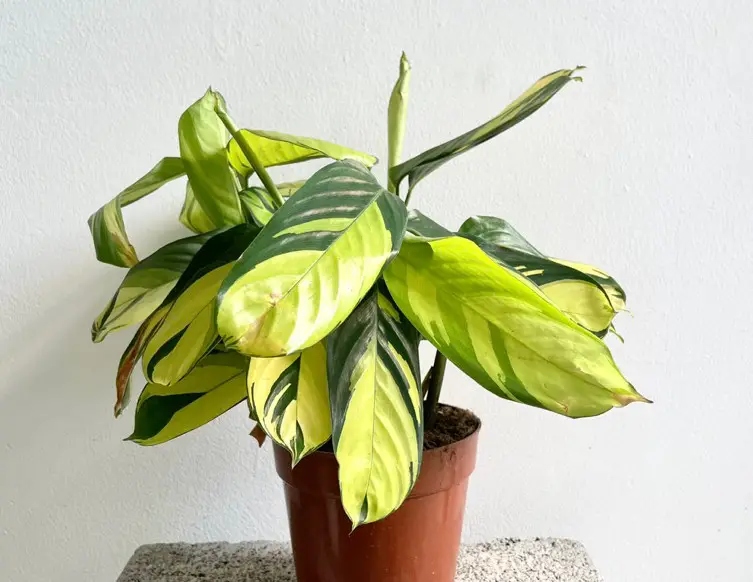
Ctenanthe lubbersiana, sometimes referred to as “bamburanta” or “never never plant,” has medium-green leaf with marbling of yellow and cream variegation, which deviates from the conventional symmetry of prayer plants. Once known as Stromanthe lubbersiana, this native Brazilian plant reaches heights of two to four feet and widths of two to three feet, making it one of the bigger species of prayer plants. The ornamental attractiveness of bamburanta is shown when small white blossoms develop.
Setosa
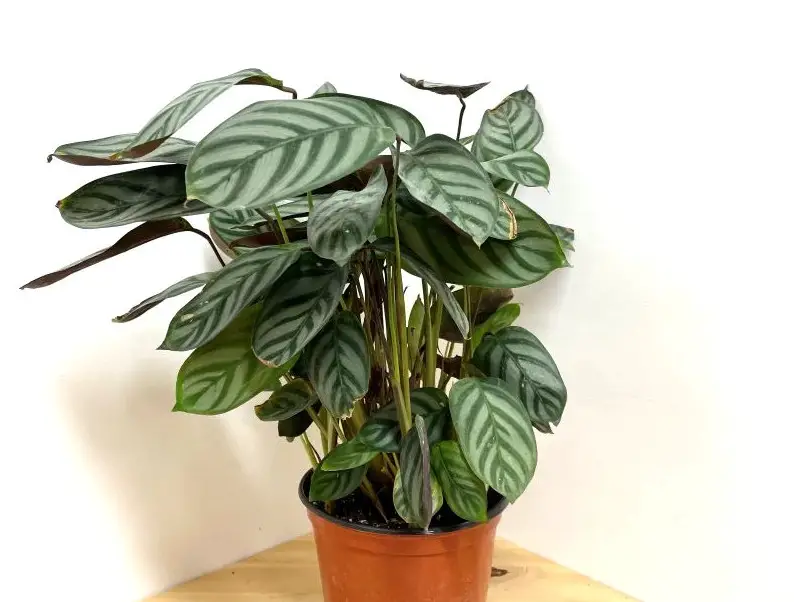
Cultivated Ctenanthe setosa, or “Grey Star,” has tall, pointed, elliptical leaves with dark veins and reddish-purple undersides that give it an exquisite appearance. Its modest little white blooms give it a soft, charming touch. This larger variety of prayer plant can reach heights of five feet and widths of up to three feet.
Concinna
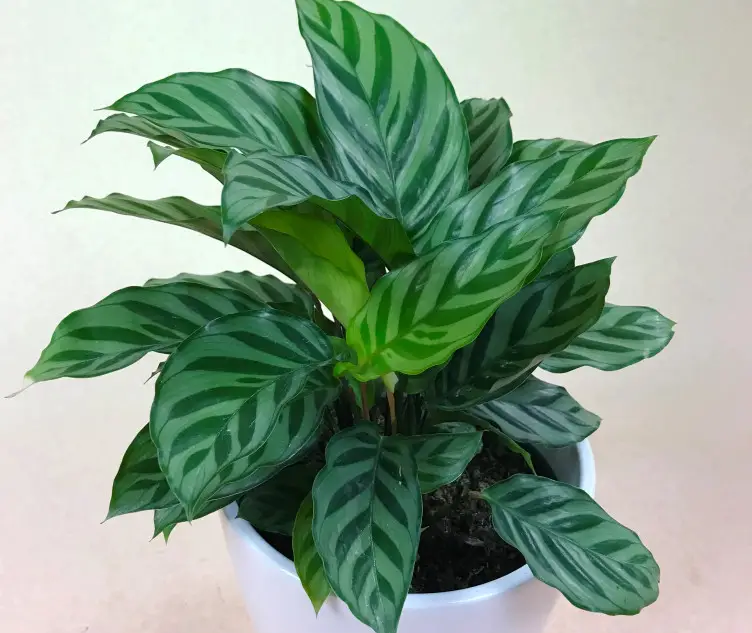
A cultivated cultivar of Goeppertia concinna known as “Freddie” has ovate, pointed leaves that are a light shade of silvery green with a noticeable dark green herringbone pattern. ‘Freddie’s’ compact and attractive form is enhanced by its upright growth habit, which allows it to reach up to 20 inches in height and 20 inches in width.
Crocata
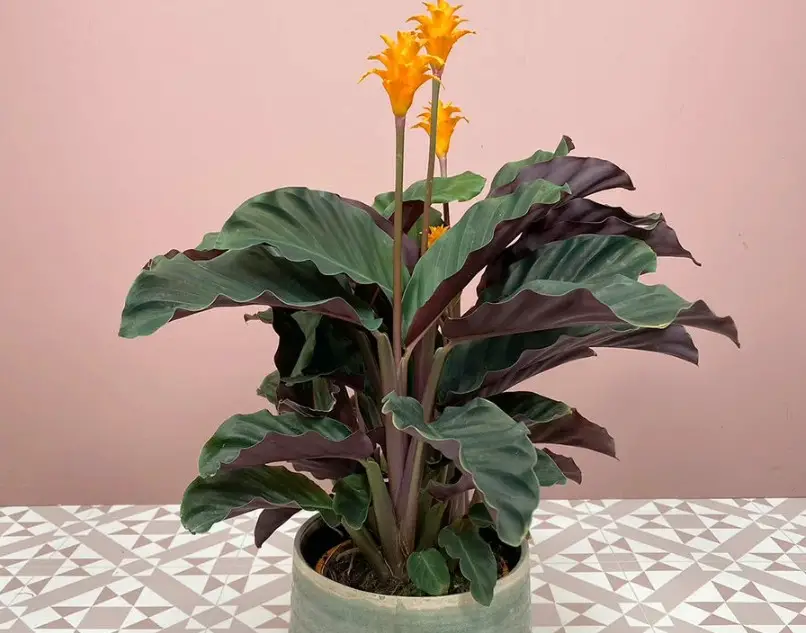
Also called “saffron-colored calathea” or “eternal flame plant,” Goeppertia crocata has dramatic purple undersides and huge, dark green leaves with wavy patterns. Its rich orange blossoms are reflected in the specific epithet “crocata”. Originally named Calathea crocata, this native Brazilian plant grows erect to a height of 18 inches and a spread of 12 inches. It thrives in slightly acidic to slightly alkaline soil and brings vivid colors to any arrangement with its beautiful, one- to two-inch-long blossoms.
Elliptica
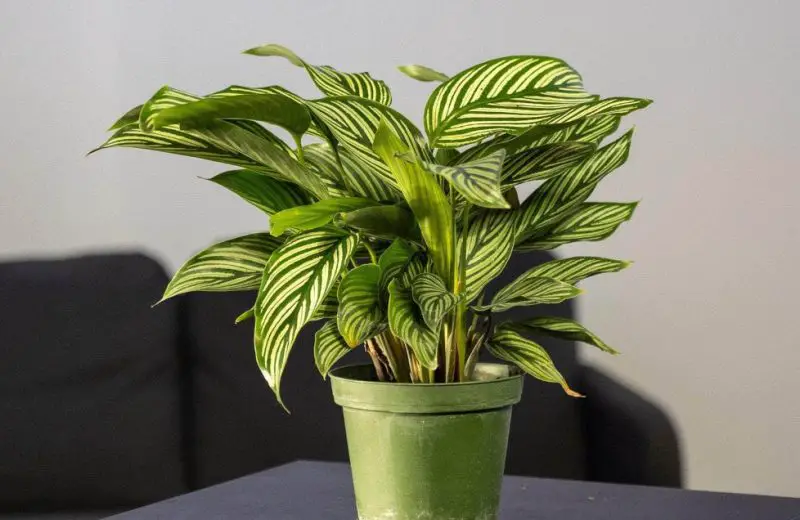
Goeppertia elliptica, commonly known as G. vittata, is a medium-green plant with long, pointed, oval-shaped leaves that are decorated with thin white stripes. This species, which was once categorized as either C. vittata or Calathea elliptica, is native to northern South America. G. elliptica has an upright growth habit, reaching heights of eight to twelve inches and widths of six to eight inches. When present, its cream-colored blooms lend a delicate touch to the plant’s allure.
Fasciata
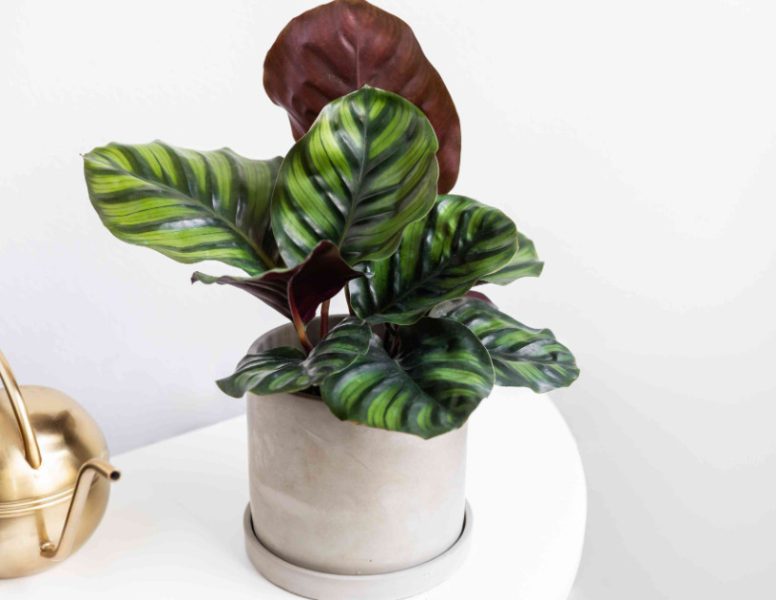
The big, rounded leaves of Goeppertia fasciata, originally known as Calathea fasciata or Maranta borussica, are decorated with broad, dark green stripes and midribs that contrast with lighter green to gray stripes. It is native to northeast Brazil and can grow up to four feet tall and one and a half to two feet wide. It is a fascinating addition to outdoor gardening, preferring strongly to slightly acidic soil despite bearing small white blooms.




